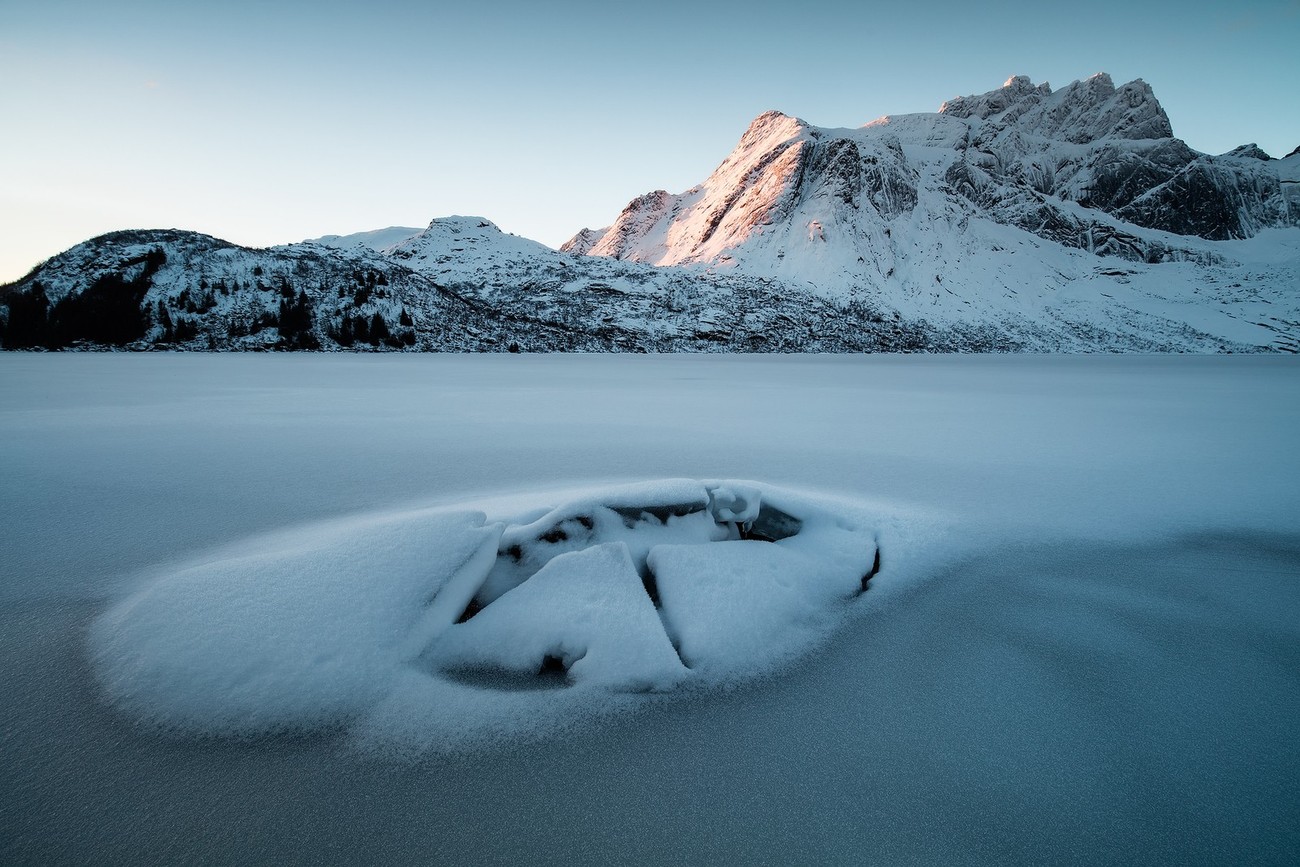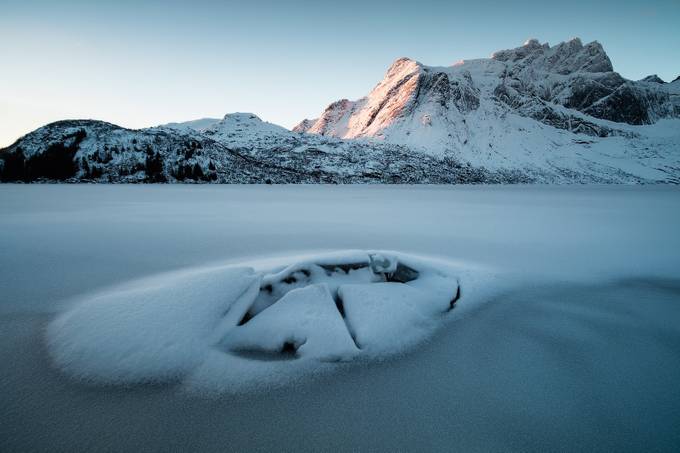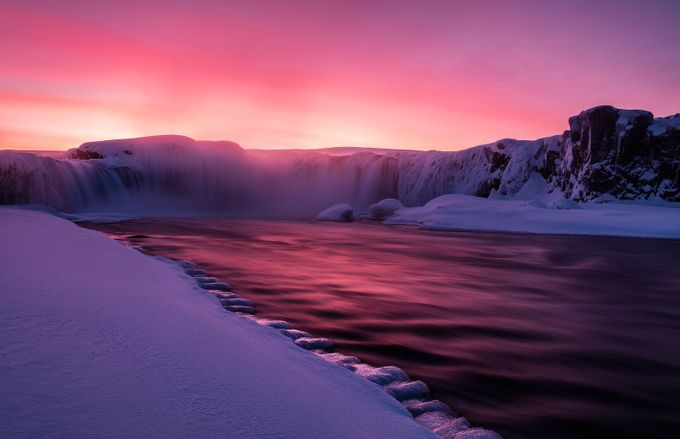To some, winter is the most magical time of the year. It’s a special feeling you have when you wake up in the morning and see the white-colored ground outside your house. When you take the first steps outside in the cold and untouched snow ground and hear that crunch under your shoes for every step you take. Community member Serena Dzenis (serenavsworld) knows everything about that magical and many times calming feeling you have when walking in winter landscapes. She’s an Australian adventure photographer who takes beautiful photos of some of the coldest and most remote places on earth.
Want to learn how? Here’s her Top 7 Winter Landscape Photography Tips!
Metering & exposure:
Everything is white, light is bouncing off the snow in all directions and your camera is reading the scene as vastly overexposed. To capture it as you see it, set your metering to matrix mode and shoot in aperture-priority. Most of the time, you won't need to dial in any exposure compensation and shadowy areas will be filled in by bouncing light.
White balance - not as important as you think:
Some people are sticklers for pure white snow and balk at the sight of blue or grey tones. However, it is blue and grey toning that helps the viewer to experience the very nature of the coldness and the atmosphere of a wintery scene. Winter tones are best at the coldest parts of the day, particularly during sunrise and sunset. The reason for this is that there are often ice crystals in the air which cause the light to diffract, making for gorgeous pastel tones that will help you tell your story. If you must have everything white though, then be sure to do an old-fashioned grey card test so that you can meter the light and expose the photo accordingly. Exposure compensation of +1/3 or +2/3 can also do wonders to bring out the whiteness of the snow.
Mind the foreground:
When you're photographing snow, the last thing you want is to have footprints ruining the foreground. Try to visualise the composition before you enter the scene and when you do finally wander into it, watch where you decide to tread. Oftentimes, it's best to stand back with snowscapes and take in the vast "white-out" before you focus in on a subject, which could be anything from cracks in the ice on a lake to undulating patterns in the snow. Get creative... don't be afraid to take your tripod as low as it can go. By getting down and low, you'll really be able to exaggerate the dimensions of your foreground, bringing interest to something that might otherwise be mundane.
Don't forget the background:
So you've found an interesting foreground but what does it lead to? Vast areas of whiteness do very little to engage the viewer. Luckily, the beauty of winter landscapes is that it's often not difficult to find a snow-capped mountain with alpenglow, frosty trees swathed with fog or perhaps even a hazy sunrise to star as your backdrop. However, too much fog and haze can at times be problematic, so be sure to focus-stack if you want those gorgeous mountains in the back to stand out.
Protect your gear:
Although many D-SLRs these days are weatherproofed, you should still prepare carefully to prevent moisture from being trapped inside. If your gear is not in use, keep it in the camera bag. At the end of your shoot, when you move your gear from a cold environment into the warm confines of your car, home or hotel, you risk triggering the cycle of condensation. So as soon as you move inside, take the camera gear out of your bag, remove all the memory cards and batteries, sit it all on a bench and cover it with a towel. The towel should absorb any moisture from your equipment. Let it all come back to room temperature before reassembling and putting it back into the bag.
Be prepared:
You may work up a bit of sweat getting to your destination but once you stop moving around, your extremities will really start to freeze up. Furthermore, you will most likely spend a bit of time standing around in the cold as you look for that perfect composition and prepare for the shot. To keep winter landscape photography fun, make sure that you're comfortable and above all, warm! Look for insulated snow boots, layer your thermals beneath waterproof and windproof clothing, and keep your fingers toasty with ice-climbing gloves.
Batteries:
Above all else, make sure that your batteries are charged in advance! Batteries tend to lose power far more quickly in cold environments, particularly if you're standing in snowy landscapes for long periods of time. If you plan on spending the day shooting from morning into night, then take along at least two fully-charged batteries. I usually take along four and find that this lasts me for a full 24-hours of intense shooting. A good system is to label them with numbers according to the order in which they were charged and to cycle through them in the same sequence so as to preserve battery life. When your batteries aren't in use, store them in an inner pocket where your body heat will keep them warm and help to retain the charge.
Want to see more of Serena's work?
Visit her profile, website, Facebook page, and Instagram!










